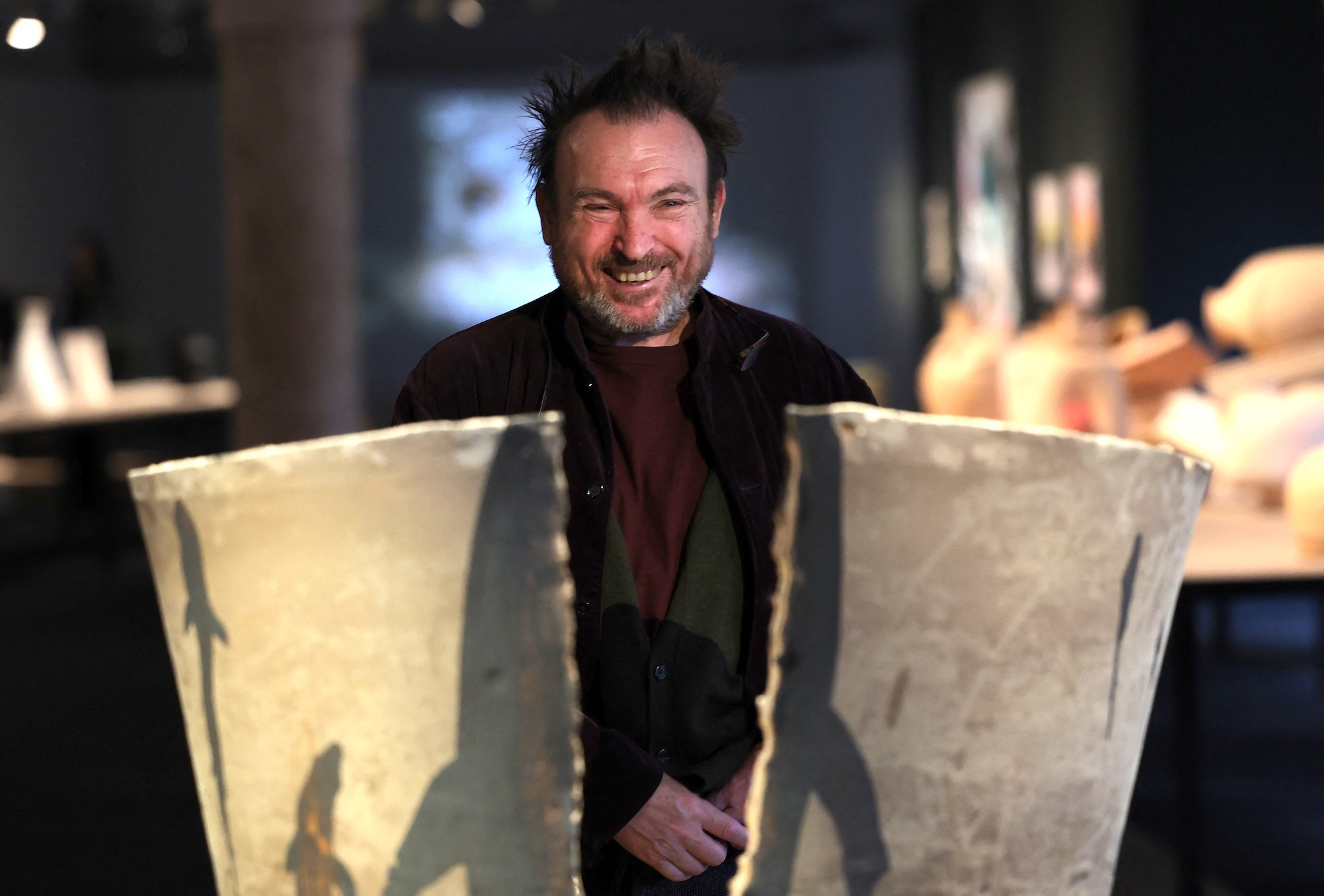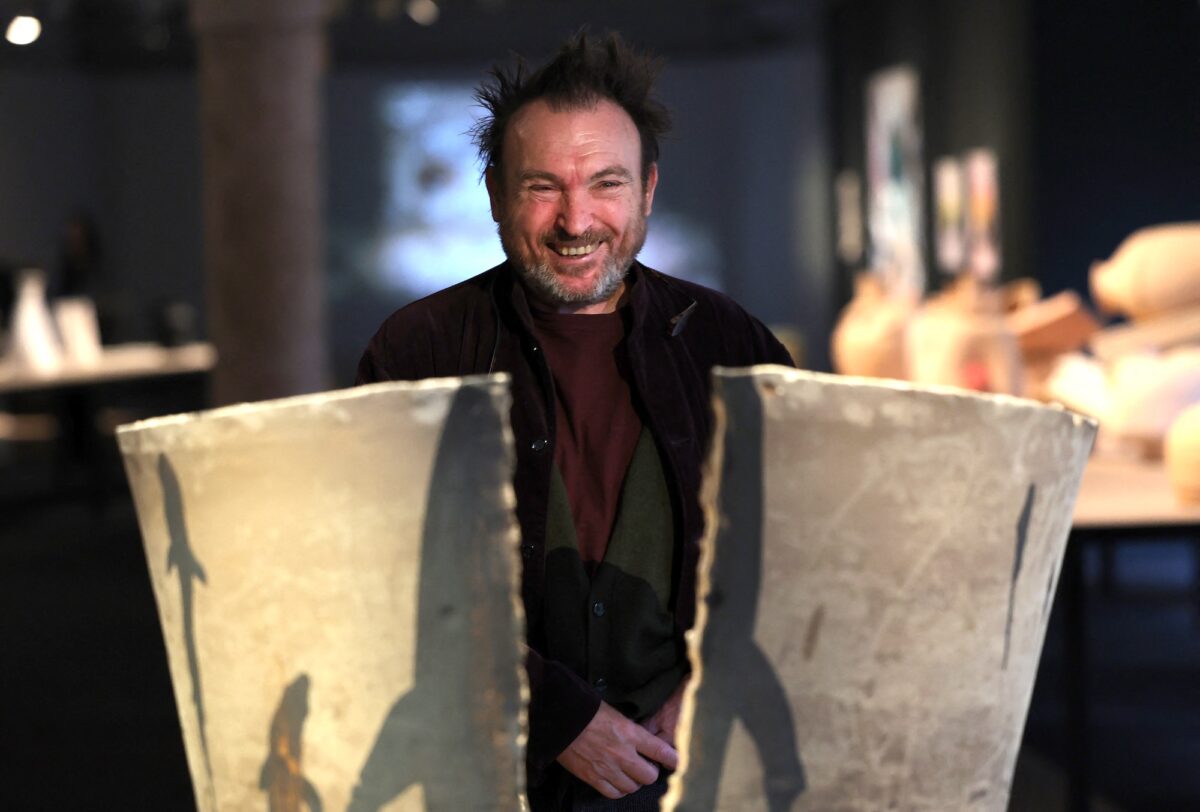The new coronavirus disease (COVID-19) is a new lesson for all physicians, even for specialists in infectious diseases.
No one can really claim expertise in the management of COVID-19 because it’s an entirely new ball game.
The lessons it teaches can be humbling for physicians, scientists, health officials and world leaders. Even the brightest minds in medicine and science find themselves clutching at straws to find the cure.
No medicine has been developed to kill the virus or prevent it from replicating, just as broad-spectrum antibiotics could with notoriously potent bacilli.
The whole world is now walking unsteadily, not knowing where to turn to avoid an unseen enemy.
Though there are still many unanswered questions, it’s not completely uncharted territory as it seemed at the start of the pandemic. We don’t know what could kill the virus, but we have a fair idea how to neutralize its effect till it completes its self-limiting timeline, just like any viral infection.
Immediate confinement
In the far bigger majority of people, around 80 percent, it comes and goes, just like the ordinary colds or flu.
But in 15 to 20 out of a hundred infected, it would require hospitalization, and a third of hospitalized patients need critical care, and tubes have to be inserted through the mouth into their lungs. The tubes are connected to breathing machines or mechanical ventilators to sustain the oxygen levels in their blood.
Hypoxemia, or low blood oxygen level, is present in most patients with COVID-19 pneumonia. So, a frequent complaint is shortness of breath.
If one with suspected COVID-19 has the usual symptoms like fever, cough, muscle pains, fatigue, we advise them to just observe and see if it dissipates in a few days, as eight of 10 cases would.
But the moment there’s shortness of breath, we advise immediate confinement, particularly in seniors 60 years and older, or younger patients but with high blood pressure, diabetes, chronic lung disease, chronic kidney disease, current smoking and marked obesity.
One test I ask my patient to do is to take a deep breath and hold the breath at the end of a full inspiration.
For patients younger than 70, if they can hold their breath for only 15 to 20 seconds, I start being concerned. And if the patients further shorten in their breath-holding time, it’s better to admit the patient. This isn’t applicable if one has a severe chronic lung problem already, but if one can still hold one’s breath long enough despite the lung problem, the patient should still be fine.
Shotgun treatment
For those who smoke, now is the time to quit. You’re at a higher risk to catch COVID-19, and should you do, you’ll be sorry you ever smoked. Should you live through it and survive, I bet the taste of nicotine would never be the same again.
Our experience so far is that once a patient gets intubated for severe COVID-19 pneumonia and adult respiratory distress syndrome (ARDS), there’s two out of five chances one would not pull through.
Like we said, we’re still learning the ropes, but one important lesson we, physicians, have already learned is to avoid unproven antivirals with potential serious side effects.
Because physicians don’t know what would really work for patients with COVID-19, the tendency is to give patients a shotgun treatment, including a cocktail of antiviral agents which have been shown effective for other viruses but not for the coronavirus that causes COVID-19. On top of this, other potent supportive treatments, usually given intravenously are administered to the patients.Rational but not harmless
It seems rational to use this cocktail of potent agents, except that they’re not completely harmless. They may have adverse side effects that can do more harm than good. The Philippine Society of Clinical and Occupational Toxicology, composed of experts in the harmful effects of some drugs and chemicals on the body, sounded the alarm in its recent advisory.
As the scientific and medical community is still trying to find effective means of treating COVID-19, the experts said in the advisory that “Primum non nocere (First, do no harm)” should be its guiding principle.
It highlighted the prevalent practice of giving mega-
doses of vitamin C intravenously. I heard, some give up to 30 g (30,000 mg) intravenously, which I think is really too much. The expert body explains that giving beyond 4 g per day can already have some adverse effects on the body.
They also warned against the use of some possible antiviral agents without evaluating if the patient has contraindications for them. There are some antiviral agents that can make the heart irritable and cause potentially life-threatening irregular heartbeats. The physician has to weigh the expected benefit against the potential risk to the patient.
If the risk is minimal, it may be acceptable to try the drug, but if the risk is high, the physician will have to consider other options. I believe the antimalarial drug chloroquine or hydroxychloroquine helps in COVID-19 patients, and I recommend them in most patients, except those with serious heart issues that can make them predisposed to a serious arrhythmia or irregular heartbeat.
4 game-changing drugs
In the hospitalized COVID-19 patients I have helped comanage, I find four drugs that may be considered as game-changers. These are hydroxychloroquine with azithromycin, tolicizumab and high-dose melatonin.Hydroxychloroquine with azithromycin deals with the virus directly, while tolicizumab and high-dose melatonin neutralize the damaging effects of the virus on the body. They’re like the houses in Batanes. The massive houses in Batanes don’t prevent the storm, but they make sure the people inside the house are able to survive the strongest storms that regularly hit the island.
Tocilizumab and high-dose melatonin do the same. They’re not viricidal so they can’t kill the virus, but they protect all the organs of the body especially the lungs from the lethal effects of COVID-19.I’m enthusiastic about high-dose melatonin because I consider myself a life-long student of its multiple benefits on the body, aside from its sleep-enhancing effect. I’ve been taking it every night for the last 24 years now, though I don’t really have a sleeping problem.High-dose melatonin
The Manila Doctors Hospital is the first in the world to try high-dose melatonin (36 mg to 72 mg/day in four divided doses) for high-risk COVID-19 patients. Several of the patients we gave high-dose melatonin to already had adult respiratory distress syndrome. By God’s grace, they all survived.
One of the young cardiologists we’re mentoring texted me the good news about her father, a prominent physician in one of the teaching universities in the country, who has just been discharged after battling COVID-19. He was already about to be intubated and hooked to a breathing machine because all drugs given him didn’t seem to work and his pneumonia was getting worse. After three days on high-dose melatonin, he turned around, and nine days later, he was sent home.
We’re reporting our experience in a scientific journal, so hopefully, it could help save some COVID-19 patients, especially the elderly, who are reportedly left to die in some cities in Italy and Spain, so that doctors could allocate their resources to younger patients. If this information could save a few of these lives, it shall have been worth all that we’ve gone through convincing our local colleagues about it.
In these times of uncertainty when no drug has yet to be proven effective against COVID-19, it’s always good to involve the patient in the decision-making which options to take. We’re trying many drugs off-label, that means, we’re trying currently available drugs which are approved by the Bureau of Food and Drug Administration, but they’re approved for other indications, not for COVID-19. Sometimes, like for melatonin, we’re using it at a dose which is six to 12 times more than its usual dose as a sleep-aid.The physician should explain the pros and cons of these drugs, including the potential side-effects, so the patient could give feedback
to the doctor if he/she feels anything that may be attributable to the drugs used.
Blurring of vision
A doctor-patient experienced blurring of vision while taking an old drug for malaria, that is being experimentally tried for COVID-19. The sudden blurring of vision was noted a few days after taking the medicine. It’s good he’s a doctor and he knew that this side effect is drug-related. So, he discontinued the drug and his vision was back to normal in another couple of days.
The only downside with discussing possible side effects with the patient is that it can have a nocebo effect, which is the reverse of a placebo effect—beneficial effect felt because of a patient’s anticipation of such effect. A nocebo effect is when a patient knows the adverse effect of a drug and starts feeling it.
The placebo or nocebo effects notwithstanding, I believe that there must be transparency when physicians deal with COVID-19 patients. At no better time than today is physician-patient transparency imperative.
When you grope in the dark, it’s always better to have another hand to hold on to, so together, you can find your way out of the darkness. INQ














































